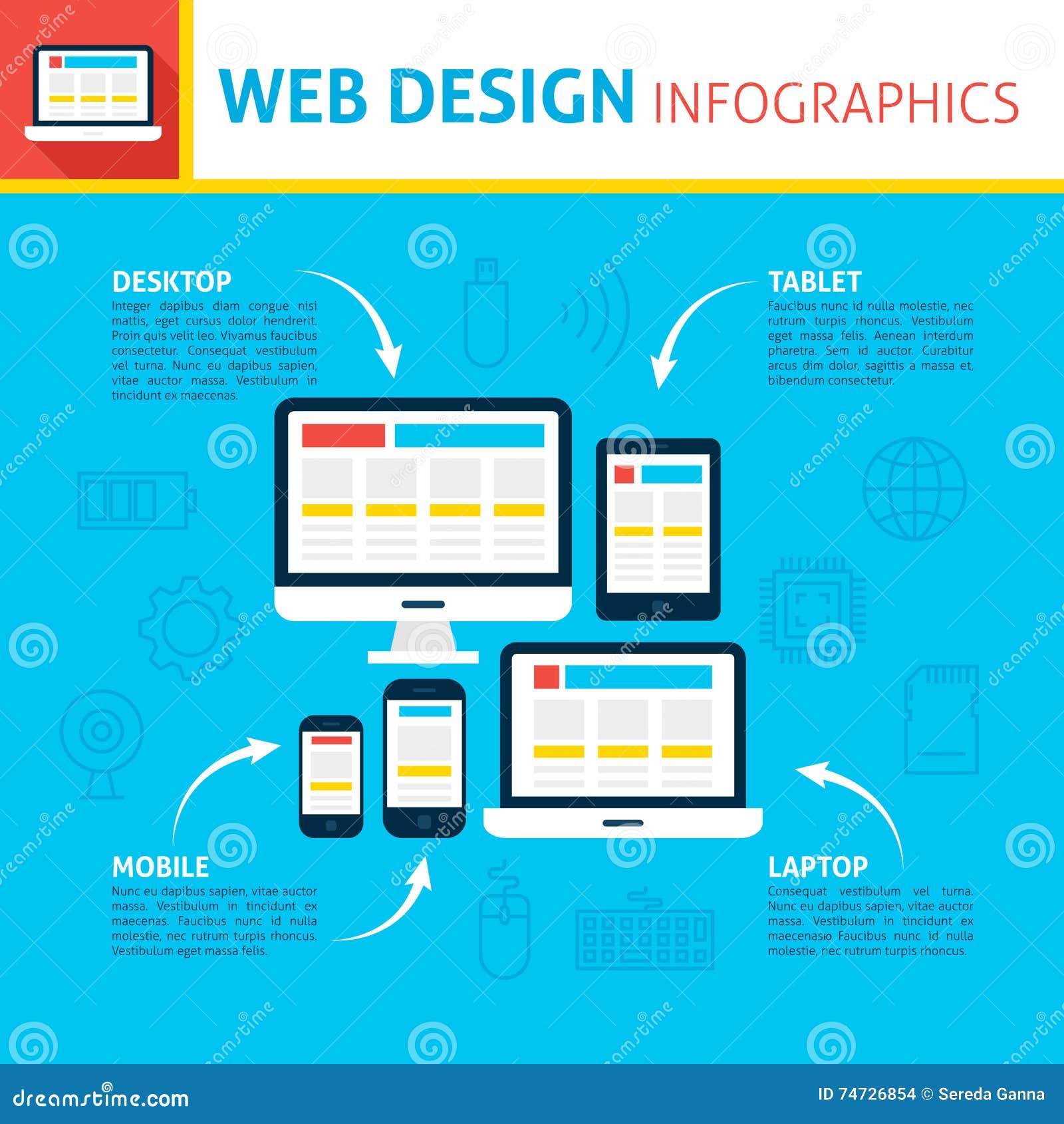Core Concepts Of Site Style: Recommendations For Crafting A User-Friendly Online Presence
Core Concepts Of Site Style: Recommendations For Crafting A User-Friendly Online Presence
Blog Article
Created By-Crews Ehlers
When it pertains to internet site design, guaranteeing user-friendliness is key. From responsive style to streamlined navigating, every element plays an essential function in developing a site that deals with your target market's needs. Yet what about the better information that can make or damage a customer's surfing experience? Keep tuned as we uncover some often-overlooked suggestions that can elevate your internet site's use to the following level, making it really stand out in the digital landscape.
Value of Responsive Design
Responsive design is an essential element of modern-day internet site advancement. Digital Marketing For Direct Primary Care Practice is receptive ways that it can adapt to different screen dimensions and tools, giving a smooth experience for customers.
With the increasing use of smart devices and tablets to access the internet, having a receptive layout is crucial for reaching a bigger audience. It assists in improving user experience by making your internet site very easy to browse and keep reading any tool.
Additionally, receptive design can positively impact your search engine rankings, as internet search engine like Google focus on mobile-friendly websites. By having a receptive style, you're also future-proofing your internet site, as new tools with differing screen sizes remain to emerge.
Simplify Navigation Framework
To enhance individual experience and assist in easy accessibility to details on your site, streamlining the navigation framework is paramount. When designing your site, concentrate on developing a clear and instinctive navigation menu that helps visitors locate what they're searching for swiftly.
Limit the variety of food selection products to the basics, organizing associated web pages together to avoid frustrating users. Usage detailed tags that plainly suggest the content of each page, making it easier for users to recognize where each link will certainly take them.
Consider applying dropdown food selections for subcategories to stop cluttering the main navigating bar. Furthermore, consist of a search bar prominently on the web page for users who choose searching for certain details.
Prioritize mobile responsiveness in your navigating layout to make certain simple accessibility on all tools.
Optimize Web Page Lots Rate
Improving web page tons speed is vital for retaining site visitors on your site. Slow-loading pages annoy individuals and can bring about high bounce prices. To maximize web page tons speed, start by maximizing pictures. Compress images without endangering quality to minimize their documents sizes.
Additionally, make it possible for web browser caching to save often accessed sources locally, quickening lots times for returning site visitors. Minify CSS, JavaScript, and HTML files by getting rid of unneeded personalities, remarks, and format, boosting tons speed.
Think about making use of a web content delivery network (CDN) to distribute your website's web content throughout multiple web servers worldwide, minimizing latency for individuals accessing your site from different areas. Lastly, https://dataformatsandprotocolslo43198.blog-mall.com/32617567/equal-the-most-up-to-date-website-design-patterns-and-advancements using third-party scripts and plugins, as they can significantly influence lots times.
Conclusion
In conclusion, by incorporating responsive style, simplifying navigation, and optimizing page load rate, you can produce an user-friendly internet site that attract a broader audience and enhances user experience. These essential elements ensure that visitors can easily access and navigate your website across various devices, causing enhanced interaction and satisfaction. By concentrating on these vital elements, you can construct an effective internet site that keeps users coming back for even more.
